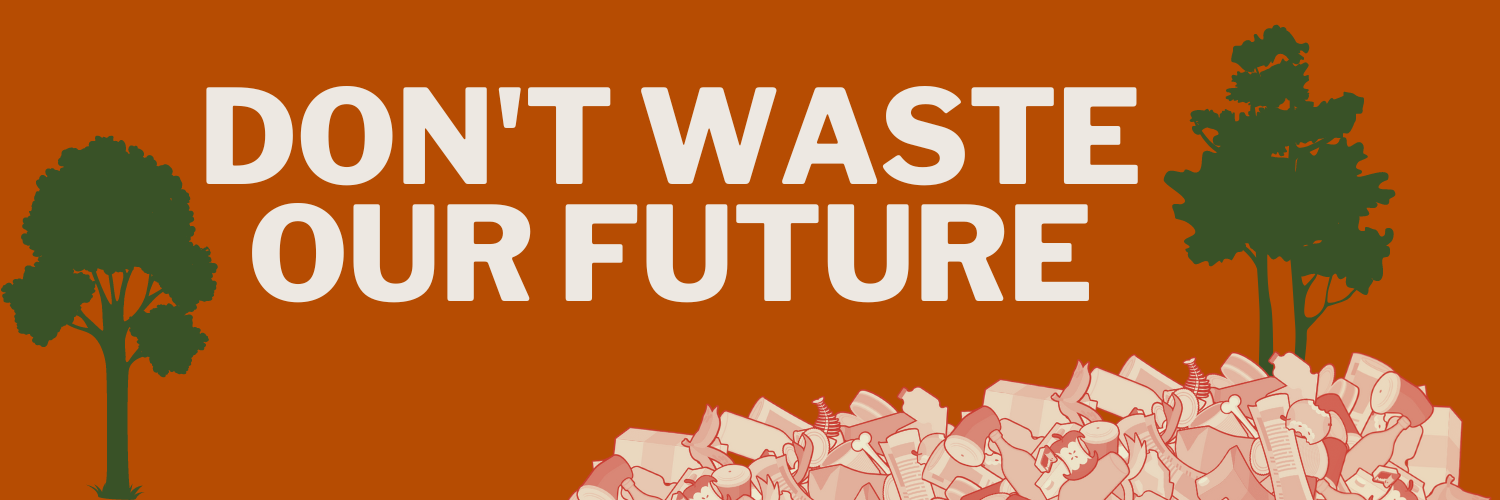Common-sense standards can slash landfill methane emissions more than half by 2050
With EPA poised to update landfill methane rules in 2025, new analysis shows stronger standards can massively reduce climate impacts
WASHINGTON— Landfills are a sleeping giant of the climate crisis, and the largest industrial source of the potent greenhouse gas methane in 38 states. But new analysis from Industrious Labs reveals that the U.S. Environmental Protection Agency can cut methane emissions from landfills 56% cumulatively by 2050, through common-sense updates to Clean Air Act regulations. As the agency works to update federal regulations for landfills, now is the time to embrace science-backed, proven, and straightforward best practices.
“Thanks to its commitment to update its landfill methane emissions rules by 2025, the EPA is at the starting line to fix flawed rules that are enabling unchecked harmful methane emissions. This new analysis shows EPA the path forward to tackle our landfill methane crisis,” said Katherine Blauvelt, Circular Economy Director at Industrious Labs. “The modeling demonstrates that upgrading rules with common-sense best practices can dramatically benefit our climate. We're asking the EPA to move from a flip phone to a smartphone—it's time for modern rules that match today's technology and climate challenges.”
The analysis, Turning Down the Heat: How the U.S. EPA can fight climate change by cutting landfill emissions, reveals that practical improvements to EPA regulations can reduce cumulative methane emissions by nearly 3 gigatons of carbon dioxide equivalent on a 100-year global warming potential (GWP), and more than 8 gigatons of carbon dioxide equivalent on a 20-year GWP. Emissions at this scale are critical for advancing the fight against climate change, since methane is 80 times more potent than carbon dioxide in its first 20 years in the atmosphere, and as recent reports find methane emissions are rising faster than ever.
“Industrious Labs’s analysis offers straightforward, practical advice for using today’s tech to cut methane emissions from landfills in half,” said Paul West, Senior Scientist at Project Drawdown. “It’s not just a win for climate. Doing a better job of covering landfills reduces the stink and helps protect our water resources.”
Current EPA regulations around how landfill gas is collected, controlled, and monitored allow for many landfill operators to avoid or delay installation of gas collection and control systems, and do not require proper operation of the systems. Likewise, EPA inspectors have found methane leaking from landfills due to poor cover practices that allow erosion, inadequate vegetation, and exposed waste to proliferate. By taking a number of simple, common-sense steps to raise the bar for landfills, EPA can make a significant dent in U.S. climate pollution. In addition to the improvements that were modeled, even more methane leaks could be found and remedied if the EPA required more effective, comprehensive monitoring for methane leaks using up-to-date technologies that make finding and fixing methane leaks exponentially easier and limit error.
In addition to methane, landfills emit hazardous air and water pollutants, including benzene, leachate, and hydrogen sulfide, that threaten the health and safety of the people who live near them. Nationwide, more than three million people live within one mile of a landfill, facing increased risk of long-lasting health harms. 46% are Black, Indigenous, or People of Color.
“It's no secret that waste facilities are usually not located in the wealthiest neighborhoods and, as such, the impacts of landfill pollution on health and quality of life are disproportionately borne by the most vulnerable neighbors,” said Dr. Jacqueline Augustine, Executive Director, BluePrint Geneva, Inc, which works on issues of environmental justice in the Finger Lakes, with a focus on federally-identified disadvantaged communities. “The Finger Lakes region is home to three of the largest landfill operations east of the Mississippi and the constant struggle to elevate the quality of life and health concerns of local residents takes a toll. We know regulations like these are key to protecting us.”
Find the report here: http://bit.ly/TurningDownTheHeat
Find the fact sheet here: bit.ly/TurningDownTheHeat_FS
###
